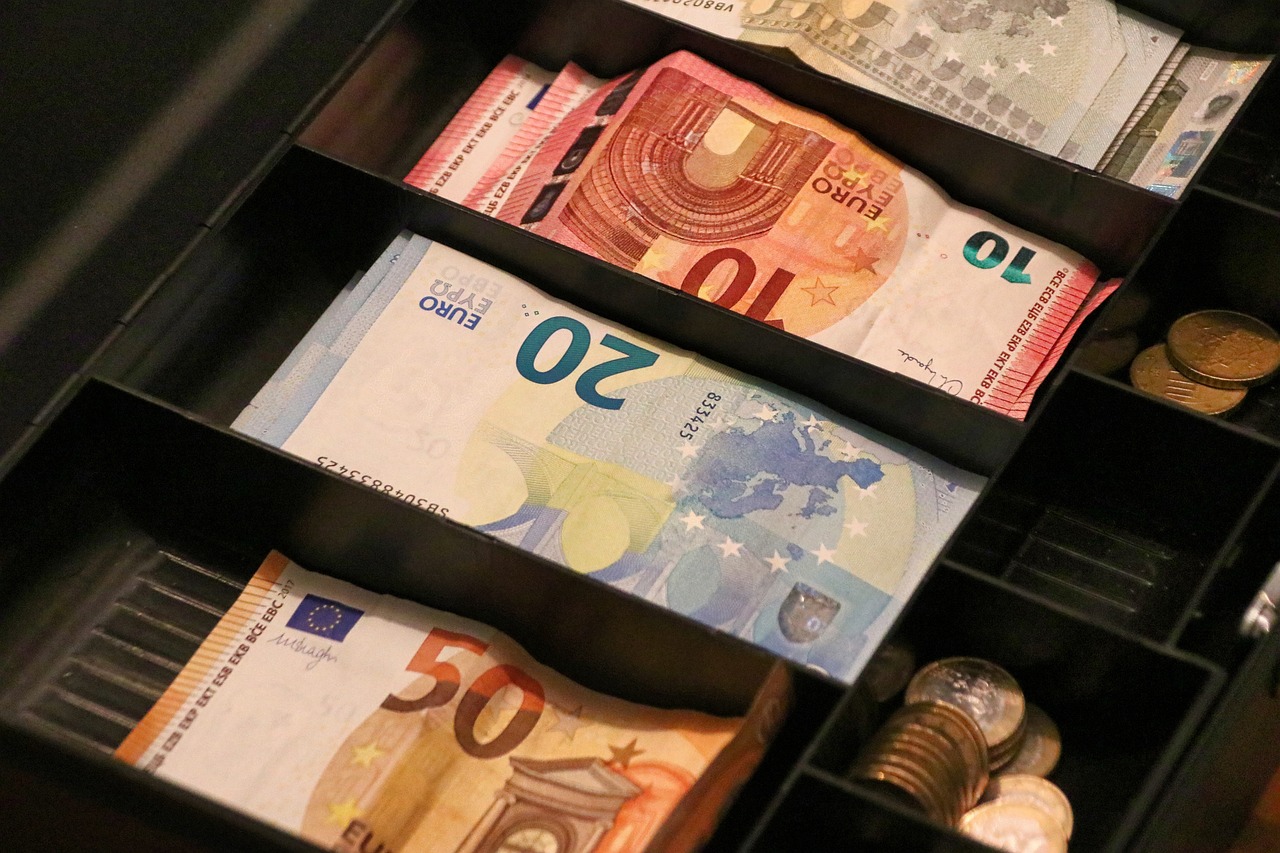Impact of USD-Peso Exchange Rate on Central Banks, Oil Prices, and Tourism
GPT_Global - 2025-11-02 14:00:45.0 83
What happens when the Peso weakens against the USD?
When the Peso weakens against the USD, it has significant implications for remittance businesses. A weaker Peso means that each dollar sent from abroad will convert into more pesos, benefiting recipients in the Philippines. This can lead to an increase in the value of remittances, offering a financial boost to families who depend on these funds for their daily needs.
On the flip side, for those sending money from the US or other dollar-based economies, remittance fees could feel more expensive. As the Peso loses value, the sender may need to transfer more money to ensure the recipient receives the intended amount in pesos. This is a crucial factor for remittance services to consider in order to maintain competitive pricing and customer satisfaction.
For remittance businesses, understanding exchange rate fluctuations and adapting to these changes can help in offering better services. They can offer tools or promotions that lock in favorable exchange rates or minimize fees, attracting customers looking for the most cost-effective way to send money abroad.

How do central banks influence the exchange rate between 1 USD and Peso?
Central banks play a crucial role in influencing the exchange rate between 1 USD and the Peso, directly affecting remittance values and international money transfers. By managing monetary policies and foreign reserves, central banks can stabilize or adjust the currency’s value to support economic goals. This is essential for individuals sending money abroad, as even small fluctuations in exchange rates can impact how much recipients receive.
When a central bank raises interest rates, the Peso often strengthens because higher returns attract foreign investors. Conversely, lowering rates can weaken the Peso, making the U.S. dollar stronger in comparison. Central banks also intervene by buying or selling foreign currencies to maintain balance in the foreign exchange market.
For remittance businesses, understanding these exchange rate dynamics is vital. A stronger Peso means recipients get less local currency per dollar, while a weaker Peso increases the value of each remittance. Monitoring central bank policies helps remittance companies offer better rates, timely transfers, and transparent services that benefit customers sending money from the U.S. to Peso-based countries like the Philippines or Mexico.
Why do tourists prefer exchanging USD for Peso in the Philippines?
```htmlTourists traveling to the Philippines often find it convenient to exchange their USD for Peso, especially when they arrive. The Philippines is a popular destination for international travelers, and the exchange rate for USD to Peso is highly favorable, making it an attractive option for tourists looking to stretch their travel budget. In addition, many local businesses, from hotels to restaurants, prefer dealing in Peso, simplifying transactions for visitors.
Another reason for the popularity of USD to Peso exchanges is the availability of remittance services that provide competitive exchange rates and quick transfers. Tourists can easily exchange their currency through local remittance businesses, which offer fast, secure, and reliable services. These services also allow tourists to avoid long queues at banks and other currency exchange outlets.
With the rise of remittance businesses across the Philippines, tourists can confidently exchange their USD for Peso and access cash in a timely manner. Additionally, these services often offer better rates than traditional banks, making them a smart choice for tourists seeking the best value. As a result, remittance businesses continue to play a crucial role in facilitating seamless currency exchange for travelers.
```What’s the difference between the official and market exchange rates for 1 USD to Peso?
When it comes to remittances, understanding the difference between the official and market exchange rates is essential for both senders and receivers. The official exchange rate refers to the rate set by a country's central bank or government, which is typically used for transactions between financial institutions or international trade. This rate is often more stable but may not reflect the true value of the currency in day-to-day economic activities.
On the other hand, the market exchange rate, also known as the parallel or street rate, is the rate at which currency is exchanged in informal markets. This rate fluctuates more frequently, often influenced by supply and demand, and may vary significantly from the official rate. In countries with strict currency controls, the market exchange rate can be much higher than the official one.
For remittance businesses, these differences can impact how much money is received by the beneficiary. It’s crucial for both senders and recipients to be aware of these rates to maximize the amount transferred. Choosing a service that offers competitive exchange rates can significantly affect the remittance value, making it essential to compare options before sending money internationally.
How does the 1 USD to Peso rate affect businesses in the Philippines?
Understanding the impact of currency exchange rates is essential for businesses operating in the Philippines, especially those in the remittance sector. The exchange rate between the US Dollar (USD) and the Philippine Peso (PHP) plays a critical role in shaping remittance flows. When the USD strengthens against the Peso, remittance receivers in the Philippines benefit from receiving more pesos for the same amount of USD, leading to increased spending power.
This favorable exchange rate can encourage more Filipinos abroad to send money home, boosting the remittance market. As the Philippines is one of the world’s largest recipients of remittances, this increased flow is vital for local businesses that depend on consumer spending. Remittance-reliant businesses often experience growth during periods of a stronger USD, as more disposable income is available to the families receiving funds.
Conversely, when the USD weakens against the Peso, remittance recipients get fewer pesos, which can lead to a decrease in spending and affect local businesses that cater to these families. Remittance service providers must monitor exchange rate fluctuations closely, as they directly influence their pricing strategies and customer retention.
What’s the relationship between 1 USD to Peso and global oil prices?
Understanding the relationship between the value of the US dollar (USD), the Peso, and global oil prices is crucial for remittance businesses. The exchange rate between USD and Peso directly impacts the amount of money recipients in Peso-using countries receive. When the USD strengthens against the Peso, remittance senders can send less to achieve the same value in local currency, affecting how much recipients get. Conversely, a weaker USD makes remittances more valuable for recipients.
Oil prices play a significant role in this dynamic. As global oil prices rise, countries dependent on oil imports may see their currencies weaken, including the Peso. This weakening typically leads to an increase in remittance costs for senders, as more dollars are needed to meet the same peso requirement. On the other hand, when oil prices drop, the Peso may strengthen, lowering remittance costs.
For remittance businesses, keeping an eye on both USD-to-Peso exchange rates and global oil price trends is essential. Understanding these variables can help businesses adjust their services and pricing, ensuring they stay competitive while meeting the needs of both senders and recipients.
What role does the US Federal Reserve play in determining the Peso value?
The US Federal Reserve plays a significant role in determining the value of the Peso, a key factor for businesses involved in remittances. As the central bank of the United States, its monetary policies, particularly interest rates and money supply management, directly influence global currency markets, including the Mexican Peso. When the Fed raises interest rates, the US Dollar typically strengthens against other currencies, including the Peso, as investors seek higher returns in the US.
Conversely, when the Federal Reserve cuts interest rates or signals economic uncertainty, the Dollar may weaken, which can cause the Peso to appreciate. This fluctuation impacts remittance businesses, as exchange rate changes can affect the amount sent or received by individuals. For example, a weaker Dollar means that recipients in Mexico may receive more Pesos for the same amount of USD.
Remittance businesses must stay updated on the US Federal Reserve's decisions to forecast currency trends and help customers navigate potential gains or losses in exchange rates. Understanding this relationship is essential for optimizing remittance transfers and maximizing value for both senders and recipients.
About Panda Remit
Panda Remit is committed to providing global users with more convenient, safe, reliable, and affordable online cross-border remittance services。
International remittance services from more than 30 countries/regions around the world are now available: including Japan, Hong Kong, Europe, the United States, Australia, and other markets, and are recognized and trusted by millions of users around the world.
Visit Panda Remit Official Website or Download PandaRemit App, to learn more about remittance info.



